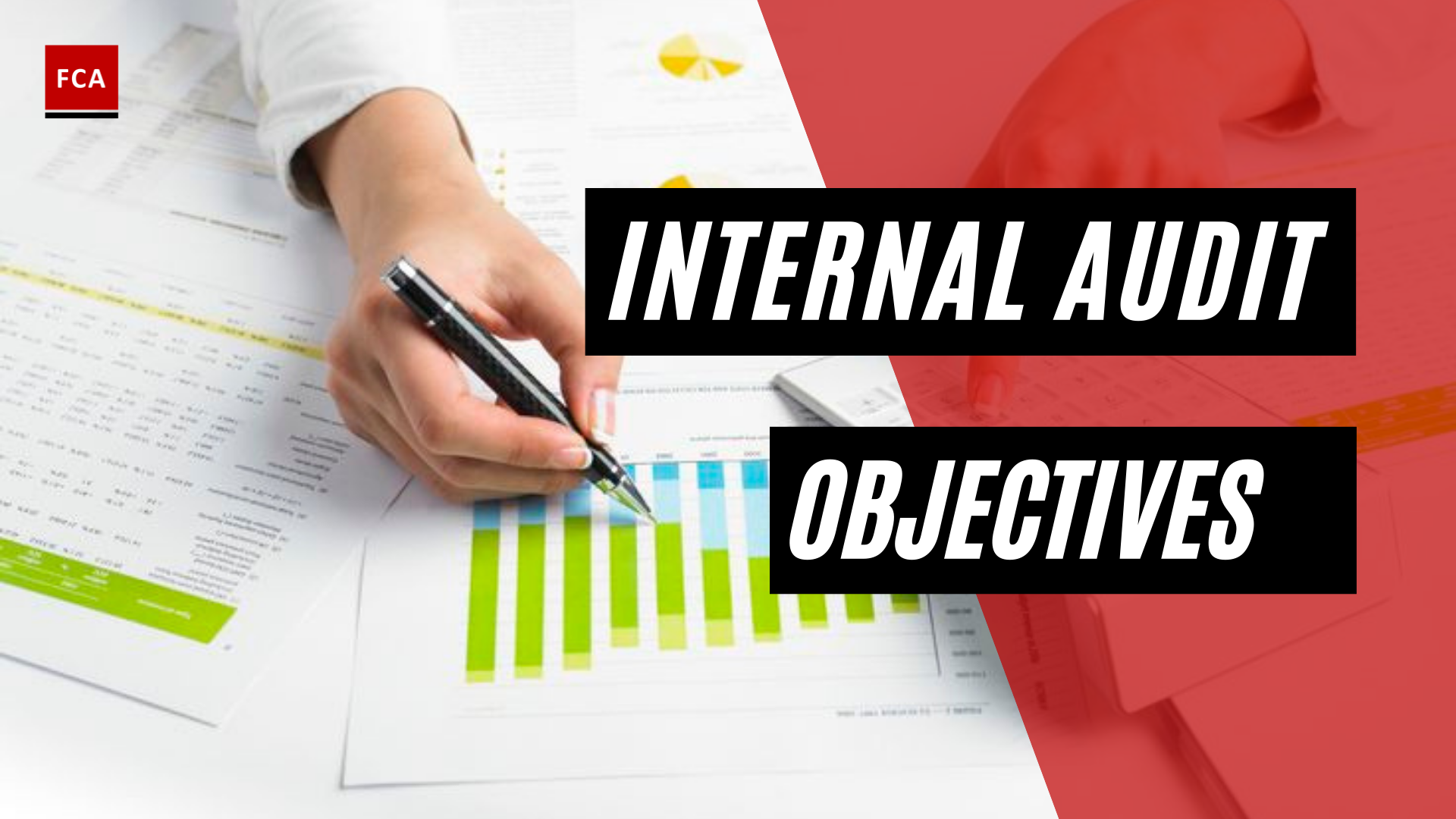Once the risks are identified through the risk control matrix, the results are to be considered considering the organizations’ risk appetite or risk tolerance. If the risks identified are more than the organization’s risk appetite, the CAE should take necessary steps to reduce the risks. Raising the concerns in the audit report or meetings with the senior management are a few of the possible courses of action.
Risk Control Matrix
Understanding a company’s risk profile and tolerance is critical for ensuring that its processes and controls are in line with its mission and goals. Each organization and its risk environment are distinct, owing to factors such as business type, size, resources, and laws or regulations. The organization’s strategy for accepting certain levels of risk or choosing to put measures in place to prevent, or at least detect, negative events is also unique.
A company’s success or failure is directly related to whether it truly understands and manages its risk exposure. As a result, it is critical to have a comprehensive understanding of an organization’s risk environment in order to provide Management with the information they need to make sound and informed business decisions.
A Risk Control Matrix (RACM) is a powerful tool that can assist an organization in identifying, ranking, and implementing risk-mitigation controls. A risk assessment and mitigation strategy (RACM) is a repository of risks that pose a threat to an organization’s operations, as well as the controls in place to mitigate those risks. Simply put, a RACM is a snapshot of an organization’s risk profile, measuring risks against formalized actions taken to prevent negative events from occurring.
Risk Control Matrix Manners
Organizations can choose to take care of the identified and prioritized risks in several different manners including:
- Avoidance. Identifying ways to prevent risk exposure.
- Reduction of control. Setting up the internal controls for minimizing the potential negative impacts of risk and uncertainty or training the organization’s employees concerning how to recognize potential risks and the subsequent response to prevent damage and reduce the fallout.
- Sharing or transfer. Sharing or transferring the risk to insurance or other parties (though a contractual arrangement).
- Acceptance. Accepting the risk because a response would not be cost-effective or identifying alternative ways to manage the risk such as establishing contingency plans
A particular risk response that leaves significant residual risk relative to risk appetite levels will be a higher priority than a risk that has been minimized to below the risk appetite level in a dependable manner such as the use of insurance from a financially stable and reputable insurer.
The CAE needs to make decisions for applying audit function resources based on the significance of risk and exposure related to the achievement of organizational strategy and objectives. During validation of the risk priorities, in addition to the analysis of risks and responses discussed above, other factors need to establish the priority of engagements. These factors include financial impact, asset liquidity, management competence, quality of internal controls, degree of change or stability, time of last audit engagement, complexity, and employee and government relations.

RCM Approaches
The Governance Portal supports a variety of approaches to analyzing financial reporting controls. This gives organizations flexibility while also providing a standardized technology to support their efforts. These optional approaches are made possible by the various linking options available between the financial reporting element and the Risk Control Matrix objects. To ensure consistency in reporting, organizations should adopt a single approach.
Most reporting supports the objective-risk-control-test relationship used in the process-based and risk-based approaches described below.
- Process-Based Approach – This approach enables organizations to link financial elements (accounts) to controls via process objectives. Because it makes use of existing frameworks, this approach allows the team to streamline ongoing maintenance of RCMs within the Governance Portal. However, because not all controls within a process may impact a given financial account, the approach may result in “over-linking” controls to financial accounts.
- Risk-Based Approach – Using risks within a process, organizations can link financial elements (accounts) to controls. This method may be used by teams performing control design assessments at the risk level (e.g. controls are collectively designed to mitigate a particular risk). This approach enables management to report on the design and operational effectiveness of macro-level controls over financial reporting. A risk-based approach also allows project teams to identify compensating controls, which may result in adequate controls even if a single control is not functioning properly. Teams that choose to use this approach should define their risks with sufficient specificity.
- Control-Based Approach – With this approach, organizations can directly link financial elements (accounts) to controls within a process. This approach is ideal for clients who do not view controls through the lens of risk or who conduct the design evaluation at the control level.
Why Use a Risk Control Matrix?
Risk is unavoidable regardless of the size of your organization. Ignoring risk can have negative consequences, including the closure of your business. As a result, many businesses use a risk control matrix to approach risk wisely and timely.
Using a risk control matrix can benefit your organization in the following ways:
- Providing a method for quantifying the size and scope of risk
- Determine whether your strategy is appropriate for dealing with each type of risk.
- To prioritize risk and make it simple for everyone to understand
A risk control matrix also makes it simple to maintain an up-to-date view of potential or recurring risks. With a risk matrix, you can also start to notice patterns and keep a record of risks so you always know what to do when something uncertain arises.
Benefits of a Risk Control Matrix
A risk control matrix has numerous advantages. To begin with, everyone in the organization will gain transparency and a better understanding of the risks at hand. Not only will people be aware of what to expect, but having a visual representation of risk allows for proper resource allocation.
This means that everyone on your team will understand their responsibility and role in dealing with risk, which will help with accountability.
Furthermore, knowing the potential risks and being able to review the mitigation strategy chosen can provide executives and stakeholders with peace of mind.
A risk control matrix can aid in the auditing process when it comes to financial reporting. A risk assessment matrix, in addition to automation solutions that make auditing easier, provides an auditor with a robust view of how the business maintains internal controls, which can provide a level of security and confidence in the financial reports.
Automation solutions make it simple to carry out processes with little to no human intervention. At the same time, because every action that occurs within the system is recorded, they can help reduce compliance risk.
Final Thoughts
The Risk Control Matrix (RCM) is a critical component of the system that allows clients to conduct a “data-driven” analysis for a specific process, organization, IT system, project/event, or custom entity. This analysis focuses on determining key objectives, identifying related risks, documenting mitigating controls, and loading supporting test data that validates control effectiveness.
The RCM analysis can be used to support financial reporting assurance in terms of the design and operational effectiveness of controls over financial reporting. Furthermore, the RCM can be used to support other GRC initiatives such as regulatory compliance, IT Governance, operational risk, and enterprise risk management, as well as internal audit’s risk and control assessment.









